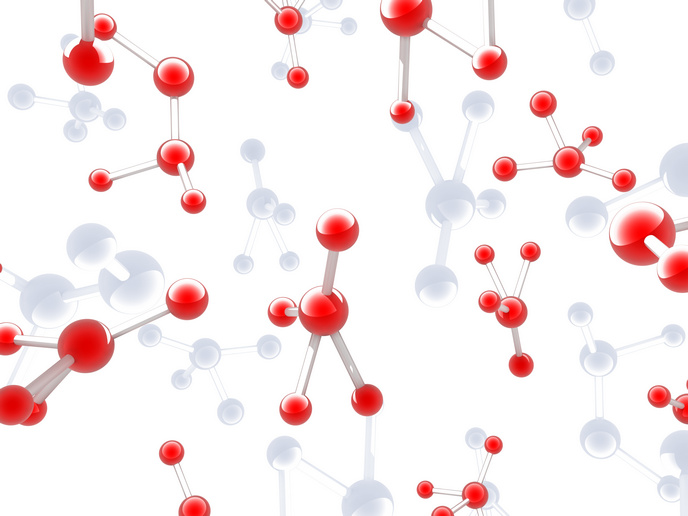Schrödinger’s cat meets magnetomechanical platforms
Quantum sensors are among the most exciting applications of quantum physics. The Pentagon wants them on future satellites, navigation service providers see in them the future of GPS, and yes, even doctors could one day rely on quantum sensors to detect early signs of disease. But while the possibilities seem limitless, researchers still need improved technology platforms to conduct experiments. Specifically, the MaQSens project aimed to develop a platform capable of answering a crucial question: How can we use quantum features or methods from quantum physics to enhance our present sensing capabilities? It particularly focused on inertial sensors, which are used for the likes of seismological event measurements and navigation. “Answering this question calls for a high level of control over an object that is susceptible to external forces,” says Markus Aspelmeyer, co-coordinator of the project on behalf of the University of Vienna. “Quantum computing has pushed the development of superconducting elements for quantum control at a breathtaking pace, and similar developments have been seen over recent decades in the domain of nanomechanics. With MaQSens, we combine these developments. We use them in a platform that provides access to quantum control of much larger masses than previously possible, and therefore push the frontiers of inertial sensing.” The founding fathers of quantum theory (remember Schrödinger’s cat?) knew it all too well. Demonstrating quantum effects for large or even massive objects is the Holy Grail of quantum science, and devising a platform to that effect would be an incredible breakthrough.
A superconducting sphere
To get there, the project team uses small superconducting objects as extremely sensitive probes for forces and accelerations. As Aspelmeyer points out, the main innovation lies in the project’s combination of different ideas and technologies including nanomechanics, atomic physics and even quantum computing to control the quantum properties of object motion on a chip-scale platform. “We start with a superconducting sphere that is a few hundredths of a millimetre across,” says Michael Trupke, a Senior PostDoc who was also actively involved in the project. “We attach this sphere to a small mechanical beam or levitate it using magnetic fields that are generated by superconducting coils. The sphere is kept close to another coil that is connected to a so-called superconducting circuit, which acts as an external quantum system. In that way the sphere’s motion is coupled to the circuit, meaning that both can influence each other.” From there, the team can use interaction with the quantum system to control the motion of the sphere in the quantum regime. They aim, for example, to cool it to a level where its motion is only dominated by quantum fluctuations. “At the same time, we can use the quantum circuit to read out the motion of the superconducting sphere. Any additional displacement, for example due to motion of the whole apparatus or due to some external force, can therefore be sensed with extreme sensitivity. All of this is integrated in a miniature chip-scale architecture only a few square centimetres in size,” Trupke continues.
Next stop: The quantum sensing regime
Now a few months away from completion, the project has already led to the development of several platform prototypes. The team has notably achieved the levitation of a microscopic superconductor with almost no damping, which is a necessary precondition for inertial sensing. Eventually, this will allow unrivalled control for quantum sensing combined with unique access to the large mass regime. “The next important milestone is to exploit the already demonstrated coupling to the superconducting quantum circuits in order to enter the regime of quantum sensing. All of the team’s efforts are focused on this right now,” says Aspelmeyer. In the long run, Aspelmeyer and Trupke anticipate a large impact in domains such as avionics and space, where the strong requirements for inertial sensors still pose unresolved challenges to existing technologies. They also hope that the MaQSens platform will enable a completely new generation of fundamental physics studies of macroscopic quantum phenomena, not the least of which are quantum effects under the influence of gravity.
Keywords
MaQSens, quantum sensor, sensing, technology platform, inertial sensor, nanomechanics, large mass regime







